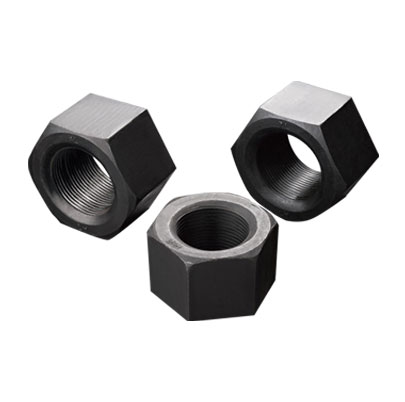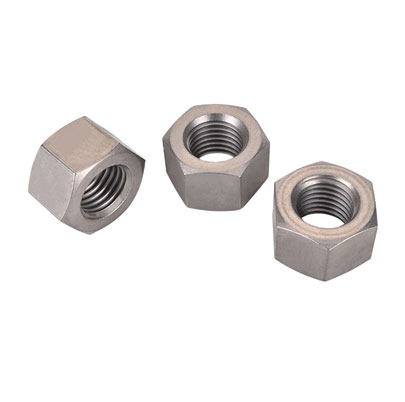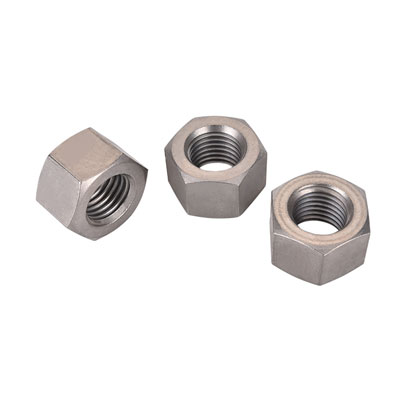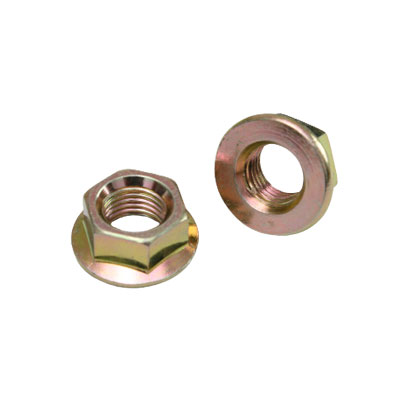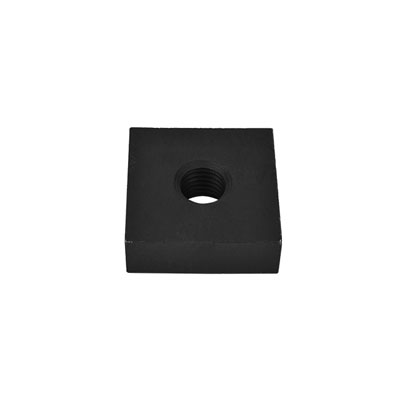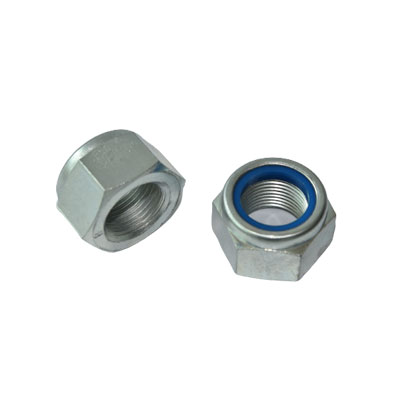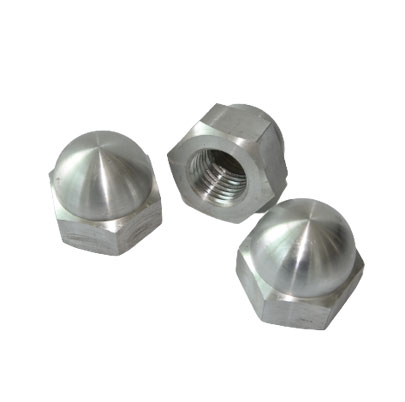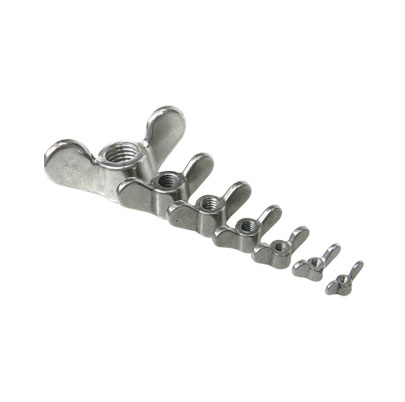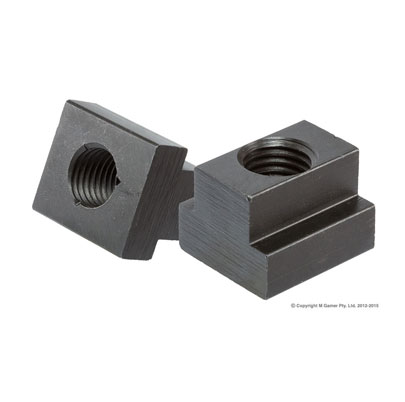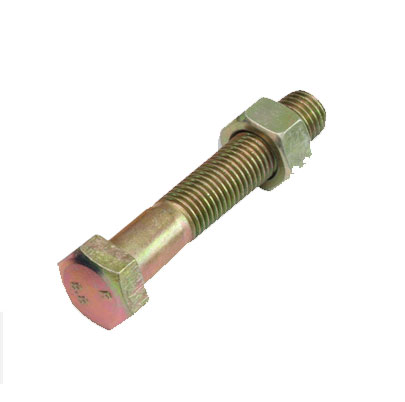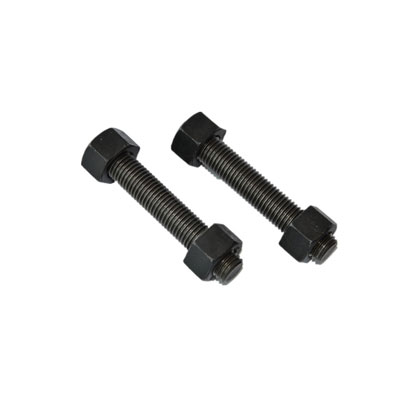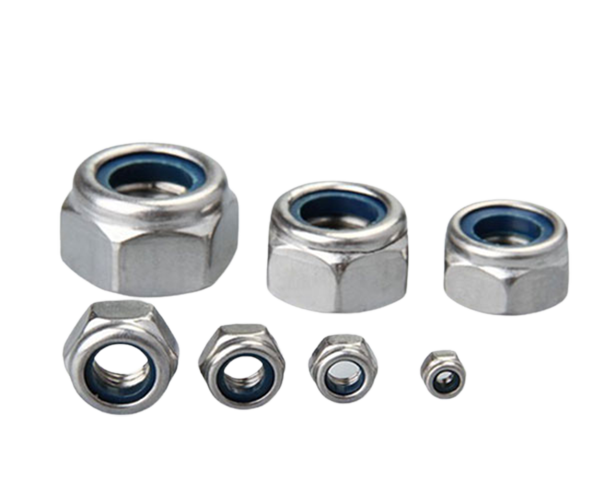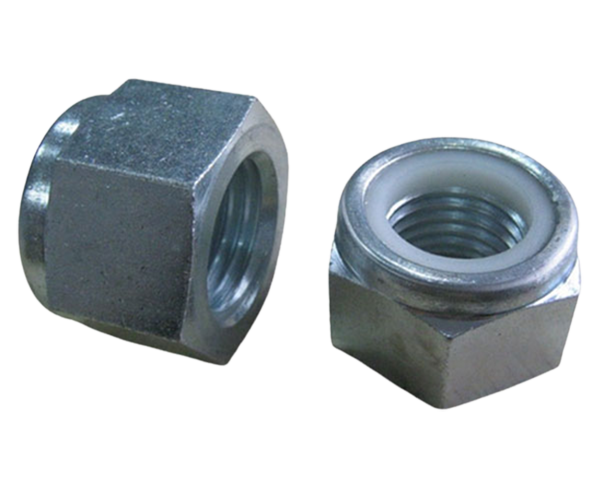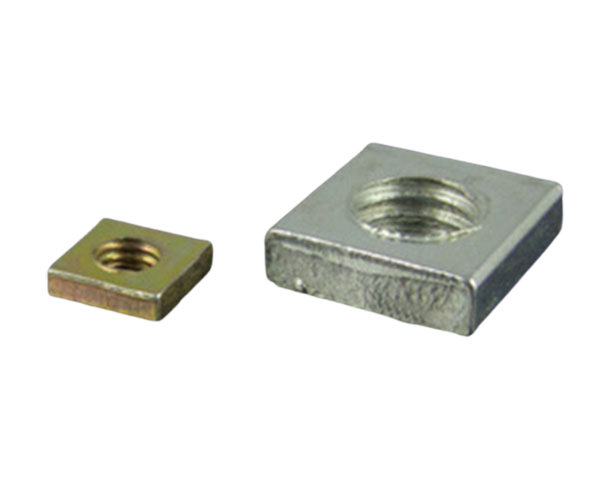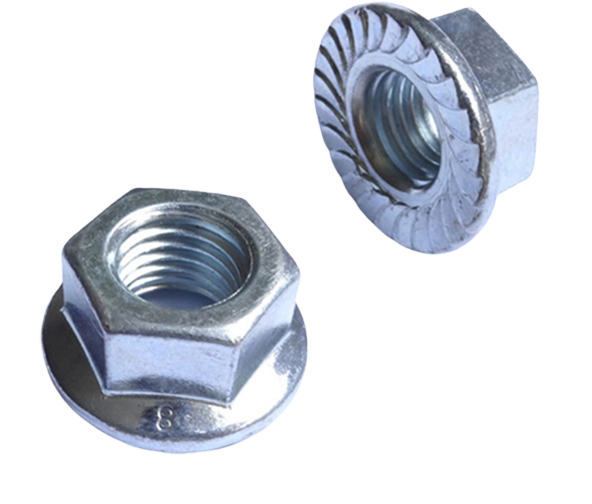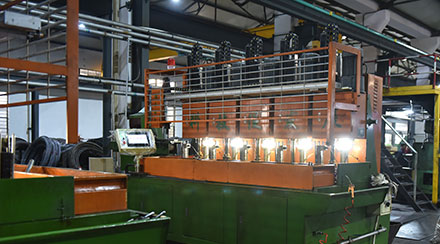Threaded quality fasteners are mechanical parts with internal or external threads, which are generally used as fasteners to facilitate the combination of several components. The most common types of threaded fasteners are screws, nuts and bolts. However, other threaded fasteners are also available, such as cage nuts, threaded inserts and threaded rods.
Threaded fasteners are used in almost all mechanical equipment and therefore threaded connection technology is one of the most important technologies for ensuring the reliability of mechanical systems. Due to their frequent use, threaded fasteners have become one of the most standardised components. A list of parts classified by their dimensions (nominal diameter, length, head shape, etc.) and strength classes for bolts, nuts and spacers is already available in the general standards. Therefore, it is easy to use any size of threaded fastener simply by selecting from the standard. The result is that the threaded fastener becomes a very simple part to "design" by "mere selection".
1.Forms of threaded fasteners
The threaded connection is a widely used removable fixed connection with simple structure, reliable connection and easy assembly and disassembly. The traditional method of testing threads is to use a thread gauge to make contact or a universal tool microscope to measure manually, which is a huge amount of work, with low efficiency and the results easily influenced by people.
Depending on the shape of the plane, threads can be divided into triangular, rectangular, trapezoidal and serrated threads. According to the direction of the spiral thread, it can be divided into left-hand thread and right-hand thread. It is stipulated that when the thread is upright, the spiral thread rises to the right for right-hand thread and to the left for left-hand thread. In mechanical manufacturing, right-hand thread fasteners are generally used, and left-hand threads are only used when there are special requirements. According to the number of spiral threads, they can be divided into single threads and multi-threads arranged at equal intervals. For manufacturing convenience, the thread is generally not more than 4 lines.
2. The fastening principle of threaded fasteners
A thread can be defined as a bevel around a cylinder and is equivalent to a bevel. Conversely, the unfolding of a thread is a bevel. The phenomenon of self-locking means that if the line of action of the combined force Q of the main force acting on the object is within the friction angle, there is always a full reaction force R with which the object remains stationary, no matter how large this force is.
Conversely, if the line of action of the combined force Q is outside the angle of friction, the object cannot remain in equilibrium, no matter how small the force is. This equilibrium condition, which has nothing to do with the magnitude of the force but everything to do with the angle of friction, is called the self-locking condition. The equilibrium phenomenon of an object under such conditions is called self-locking phenomenon. The friction angle of the threaded fastener and the self-locking phenomenon Normal reaction force N and friction force F of the combined force R is called the full reaction force of the support surface of the object. That is, when the frictional force F reaches its maximum value, the angle a at this time also reaches its maximum value b, call b the angle of friction.
 English
English
